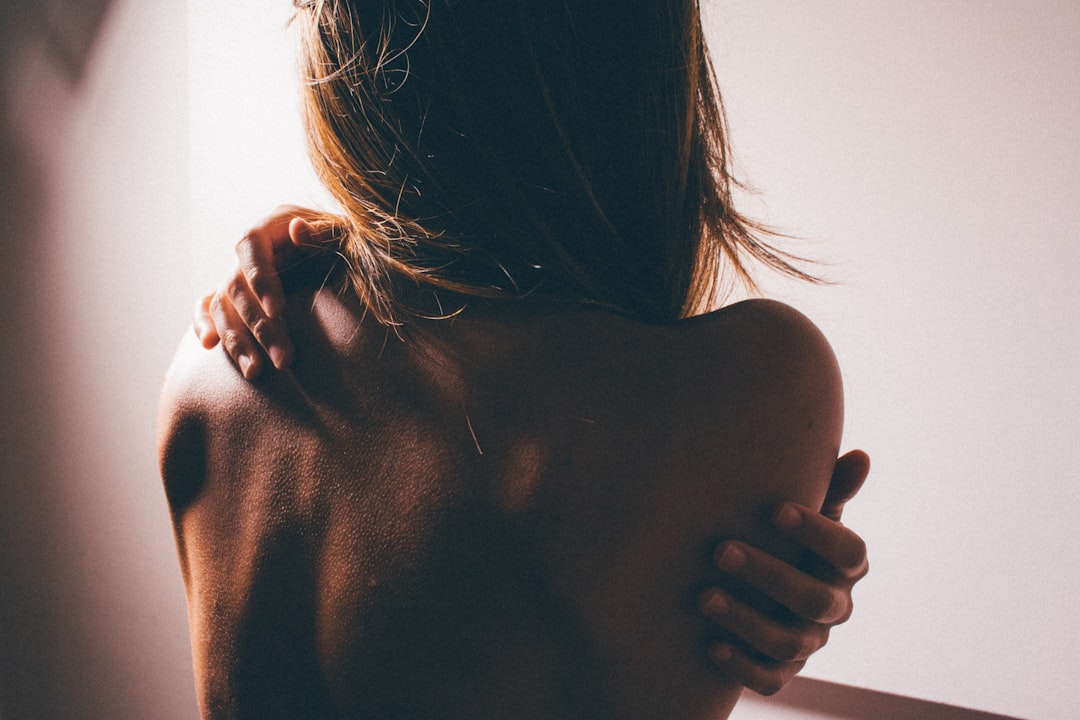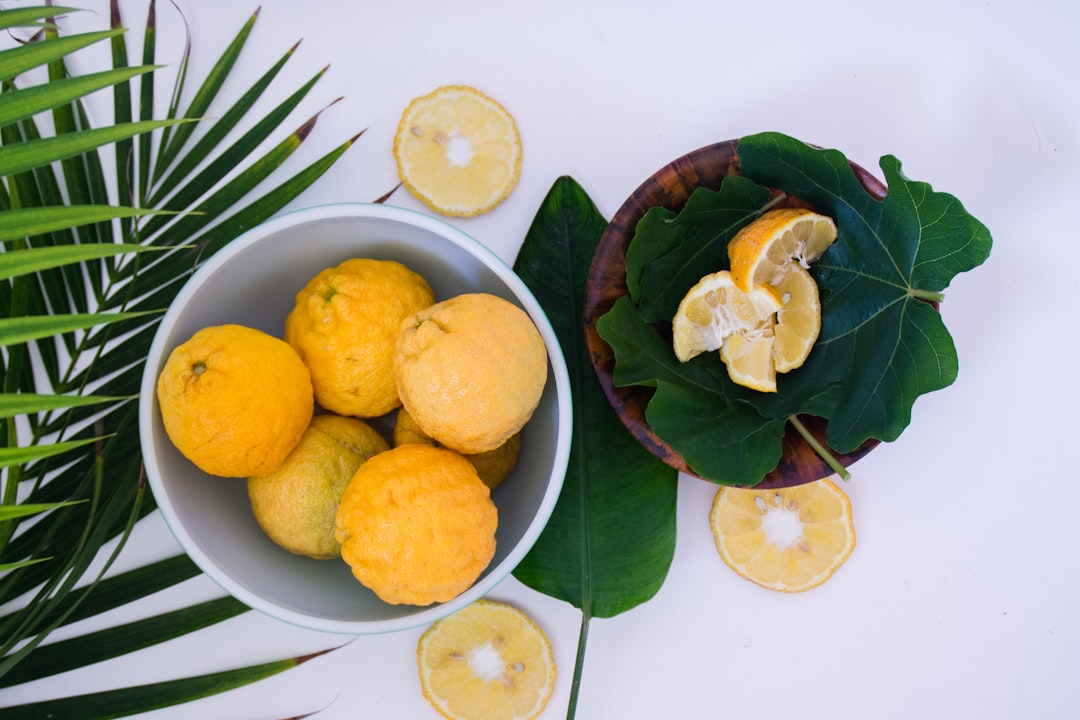DIY skincare has become increasingly popular in recent years as people seek natural and sustainable alternatives to commercial beauty products. Making your own skincare treatments at home allows you to have full control over the ingredients you use, ensuring that they are free from harmful chemicals and preservatives. Not only is DIY skincare better for your skin, but it can also be a fun and creative way to pamper yourself. Whether you’re looking to create a simple face mask or a luxurious body scrub, there are endless possibilities for DIY skincare delights that can be tailored to your specific needs and preferences.
Summary
- DIY skincare allows you to create natural and personalised beauty treatments at home, using simple ingredients.
- Using natural ingredients in skincare can provide numerous benefits, such as nourishing and protecting the skin without harsh chemicals.
- Simple DIY recipes for natural beauty treatments include face masks, scrubs, and moisturisers using ingredients like honey, avocado, and coconut oil.
- Customising DIY skincare treatments to suit your skin type involves adjusting ingredients and proportions to address specific concerns, such as dryness or acne.
- Safety precautions and allergen awareness for DIY skincare are important to avoid adverse reactions, including patch testing and proper storage of ingredients.
Benefits of Using Natural Ingredients in Skincare
Using natural ingredients in skincare has numerous benefits for your skin and overall health. Natural ingredients are often gentler and less likely to cause irritation or allergic reactions, making them suitable for all skin types, including sensitive and acne-prone skin. Many natural ingredients also contain powerful antioxidants and vitamins that can help to nourish and protect the skin, promoting a healthy and radiant complexion. In addition, using natural ingredients in skincare can also have positive environmental impacts, as it reduces the demand for products that rely on synthetic chemicals and excessive packaging. By harnessing the power of nature, DIY skincare enthusiasts can create effective and sustainable beauty treatments that are both good for their skin and the planet.
Simple DIY Recipes for Natural Beauty Treatments
There are countless simple DIY recipes for natural beauty treatments that you can easily make at home with just a few basic ingredients. For a refreshing and hydrating face mask, mix together a tablespoon of honey, a teaspoon of plain yogurt, and a few drops of fresh lemon juice. Apply the mixture to your face and leave it on for 15-20 minutes before rinsing off with warm water. This mask is perfect for giving your skin a boost of moisture and brightening your complexion. If you’re looking for an exfoliating body scrub, combine equal parts of coconut oil and brown sugar, and add a few drops of your favourite essential oil for a luxurious scent. Gently massage the scrub onto damp skin in circular motions before rinsing off to reveal smooth and soft skin.
For those with oily or acne-prone skin, a simple DIY toner can help to balance oil production and reduce breakouts. Mix together equal parts of apple cider vinegar and water, and apply the solution to your skin using a cotton pad after cleansing. The natural acids in apple cider vinegar can help to exfoliate the skin and unclog pores, while its antibacterial properties can help to prevent acne. These are just a few examples of the many easy and effective DIY recipes for natural beauty treatments that you can experiment with at home.
Tips for Customising DIY Skincare Treatments to Suit Your Skin Type
When creating DIY skincare treatments, it’s important to consider your specific skin type and concerns in order to customise the recipes to suit your individual needs. For those with dry skin, incorporating hydrating ingredients such as honey, avocado, or oatmeal into your DIY treatments can help to nourish and moisturise the skin. On the other hand, if you have oily or acne-prone skin, using ingredients like tea tree oil, witch hazel, or clay can help to control excess oil production and prevent breakouts. It’s also important to be mindful of any allergies or sensitivities you may have when customising DIY skincare treatments, as certain natural ingredients may cause irritation for some individuals.
In addition to customising the ingredients used in DIY skincare treatments, you can also adjust the frequency of use based on your skin’s needs. For example, those with sensitive skin may benefit from using exfoliating treatments less frequently, while individuals with dull or congested skin may benefit from more regular exfoliation. By tailoring DIY skincare treatments to suit your skin type and concerns, you can ensure that they are both effective and gentle on your skin.
Safety Precautions and Allergen Awareness for DIY Skincare
While DIY skincare can be a fun and rewarding experience, it’s important to take certain safety precautions and be aware of potential allergens when creating your own beauty treatments at home. Always ensure that your work area is clean and that your hands and utensils are properly sanitised before making any DIY skincare products. It’s also crucial to carefully research the ingredients you plan to use and be aware of any potential allergens or sensitivities they may have. For example, some people may be allergic to certain essential oils or botanical extracts, so it’s important to perform a patch test before using any new ingredient on your skin.
When using essential oils in DIY skincare, it’s important to dilute them properly and follow recommended usage guidelines to avoid irritation or adverse reactions. Some essential oils can be photosensitive, meaning they can cause skin sensitivity when exposed to sunlight, so it’s important to use them cautiously and avoid sun exposure after application. By taking these safety precautions and being mindful of potential allergens, you can enjoy the benefits of DIY skincare without putting your skin at risk.
How to Store and Preserve DIY Skincare Products
Proper storage and preservation are essential for ensuring the effectiveness and safety of DIY skincare products. Many natural ingredients used in DIY skincare, such as oils, butters, and botanical extracts, are prone to oxidation and degradation when exposed to air, light, or heat. To prolong the shelf life of your homemade beauty treatments, it’s important to store them in airtight containers away from direct sunlight and heat sources. Using dark or opaque containers can also help to protect light-sensitive ingredients from degradation.
In addition to proper storage, adding natural preservatives such as vitamin E oil or grapefruit seed extract can help to extend the shelf life of DIY skincare products by inhibiting microbial growth. It’s also important to label your homemade products with the date of creation and the expiration date, as natural skincare products typically have a shorter shelf life compared to commercial products due to the absence of synthetic preservatives. By taking these steps to store and preserve your DIY skincare products, you can ensure that they remain safe and effective for use over time.
Conclusion and Final Thoughts on DIY Skincare
DIY skincare offers a wealth of benefits for those looking to take a more natural and sustainable approach to their beauty routine. By using natural ingredients in skincare, you can nourish and protect your skin while minimising your environmental impact. With simple DIY recipes for natural beauty treatments, you can easily create effective and personalised skincare products at home without the need for harsh chemicals or preservatives.
When customising DIY skincare treatments to suit your skin type, it’s important to consider your individual needs and any potential allergens or sensitivities you may have. Taking safety precautions and being mindful of proper storage and preservation techniques are also crucial for ensuring the effectiveness and safety of DIY skincare products.
In conclusion, DIY skincare is a wonderful way to indulge in self-care while embracing the power of nature’s ingredients. With a little creativity and experimentation, you can create an array of luxurious beauty treatments that cater to your unique skincare needs, all while knowing exactly what goes into each product you use on your skin.
FAQs
What are the benefits of DIY skincare?
DIY skincare allows you to have full control over the ingredients used in your beauty treatments, ensuring that they are natural and tailored to your specific skin needs. It can also be cost-effective and environmentally friendly.
Are DIY skincare products safe to use?
When using natural ingredients and following reputable recipes, DIY skincare products can be safe to use. However, it’s important to do a patch test before using any new product to check for any allergic reactions.
What are some common ingredients used in DIY skincare?
Common ingredients used in DIY skincare include honey, coconut oil, avocado, oats, yogurt, aloe vera, essential oils, and various fruits and vegetables.
Can DIY skincare products be as effective as store-bought products?
DIY skincare products can be just as effective as store-bought products, especially when using high-quality natural ingredients. However, it’s important to note that individual results may vary.
Are there any risks associated with DIY skincare?
There can be risks associated with DIY skincare if proper hygiene and ingredient sourcing are not followed. Additionally, some natural ingredients may cause allergic reactions in certain individuals.
Where can I find reliable recipes for DIY skincare products?
Reliable recipes for DIY skincare products can be found in reputable beauty and wellness blogs, books on natural skincare, and from certified skincare professionals. It’s important to ensure that the sources are trustworthy and credible.




